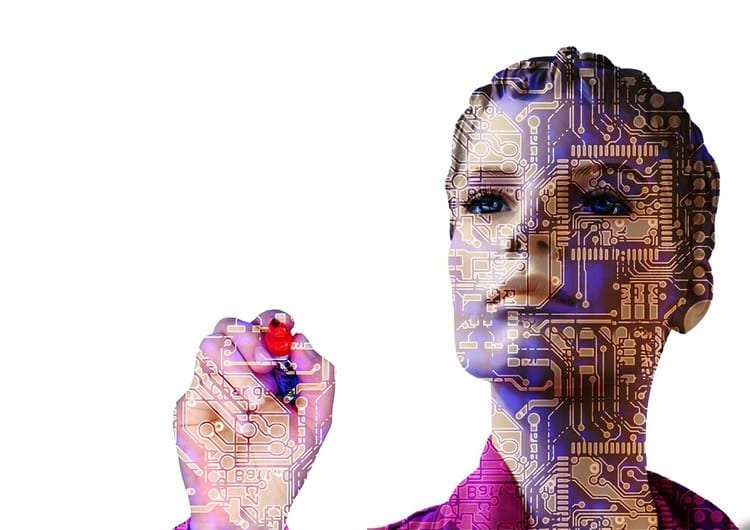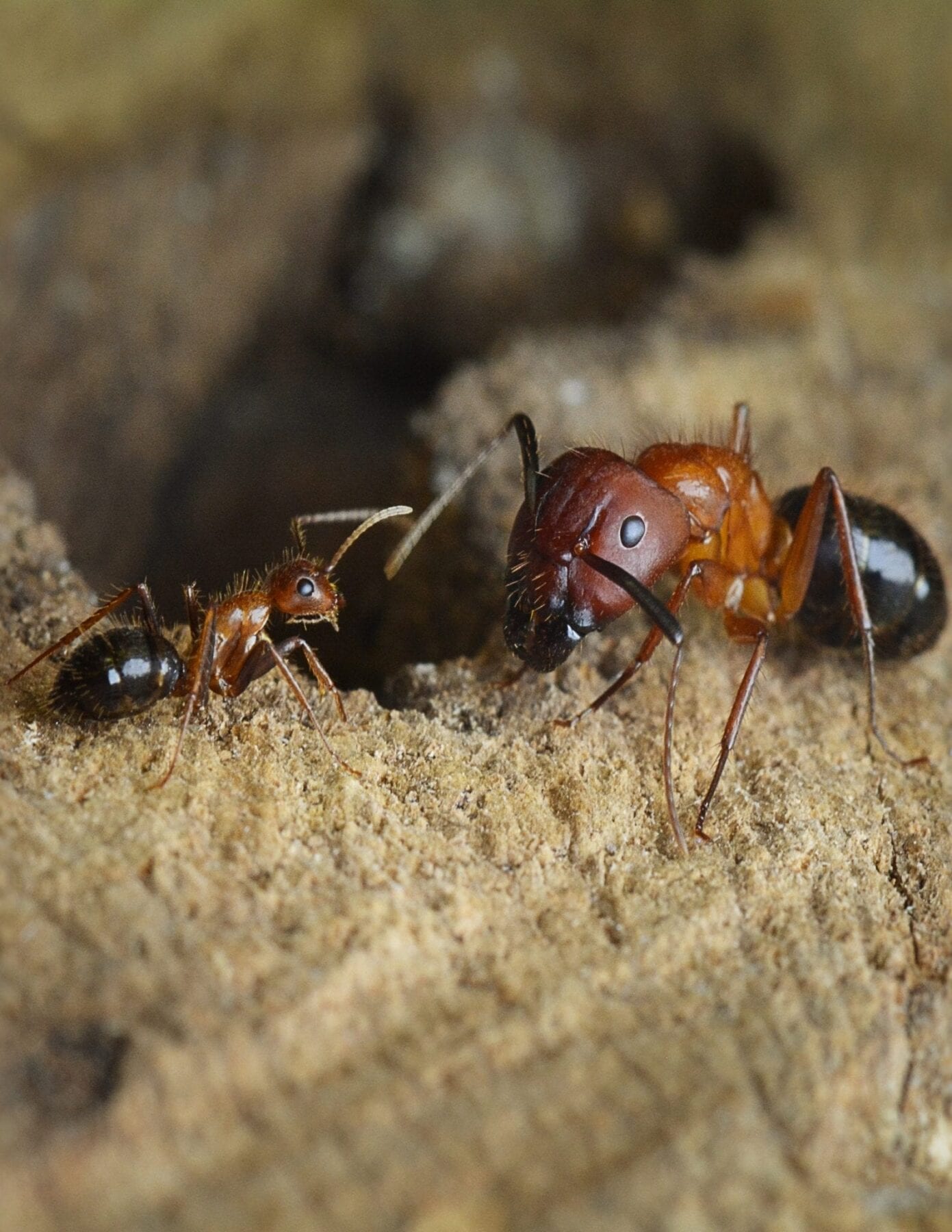
The combination of human and computer intelligence might be just what we need to solve the “wicked” problems of the world, such as climate change and geopolitical conflict, say researchers from the Human Computation Institute (HCI) and Cornell University.
In an article published in the journal Science, the authors present a new vision of human computation (the science of crowd-powered systems), which pushes beyond traditional limits, and takes on hard problems that until recently have remained out of reach.
Humans surpass machines at many things, ranging from simple pattern recognition to creative abstraction. With the help of computers, these cognitive abilities can be effectively combined into multidimensional collaborative networks that achieve what traditional problem-solving cannot.
Most of today’s human computation systems rely on sending bite-sized ‘micro-tasks’ to many individuals and then stitching together the results. For example, 165,000 volunteers in EyeWire have analyzed thousands of images online to help build the world’s most complete map of human retinal neurons.
This microtasking approach alone cannot address the tough challenges we face today, say the authors. A radically new approach is needed to solve “wicked problems” – those that involve many interacting systems that are constantly changing, and whose solutions have unforeseen consequences (e.g., corruption resulting from financial aid given in response to a natural disaster).
New human computation technologies can help. Recent techniques provide real-time access to crowd-based inputs, where individual contributions can be processed by a computer and sent to the next person for improvement or analysis of a different kind. This enables the construction of more flexible collaborative environments that can better address the most challenging issues.
This idea is already taking shape in several human computation projects, including YardMap.org, which was launched by the Cornell in 2012 to map global conservation efforts one parcel at a time.
“By sharing and observing practices in a map-based social network, people can begin to relate their individual efforts to the global conservation potential of living and working landscapes,” says Janis Dickinson, Professor and Director of Citizen Science at the Cornell Lab of Ornithology.
Read more: Human-Machine Superintelligence Can Solve the World’s Most Dire Problems
The Latest on: Human-Machine Superintelligence
[google_news title=”” keyword=”Human-Machine Superintelligence” num_posts=”10″ blurb_length=”0″ show_thumb=”left”]
via Google News
The Latest on: Human-Machine Superintelligence
- Drink the Kool-Aid all you want, but don’t call AI an existential threaton April 29, 2024 at 3:00 am
Yet it has also been one of the most self-confident fields in prophesying that it will soon achieve the ultimate breakthrough.” The self-confident prophesying Deutsch wrote of has since continued, ...
- Study explores why human-inspired machines can be perceived as eerieon April 25, 2024 at 4:40 am
Artificial intelligence (AI) algorithms and robots are becoming increasingly advanced, exhibiting capabilities that vaguely resemble those of humans. The growing similarities between AIs and humans ...
- Daniel Dennett: 'Why civilisation is more fragile than we realised'on April 23, 2024 at 2:16 am
Before his recent death, the influential philosopher Daniel Dennett spoke to the BBC about why he saw new dangers from AI.
- Melanie Mitchell: ‘The big leap in artificial intelligence will come when it is inserted into robots that experience the world like a child’on April 14, 2024 at 4:30 pm
In her latest book, the American researcher analyzes the real capabilities of this technology, which is unable of human reasoning: ‘There are a lot of things about knowledge that aren’t encoded in lan ...
- How soon will machines outsmart us? Biggest brains in AI can’t agreeon April 13, 2024 at 9:29 pm
Elon Musk’s prediction that artificial intelligence will surpass human experts by 2025 sets him apart from rivals at OpenAI, Google and Meta.
- Elon Musk's Worst Predictions and Broken Promises of the Past 15 Yearson April 12, 2024 at 9:45 am
Musk made some bold predictions on Monday about the future of artificial intelligence. The billionaire tech mogul earnestly seems to believe artificial general intelligence (AGI), the point when AI ...
- Elon Musk Predicts Artificial General Intelligence In 2 Years. Here’s Why That’s Hypeon April 10, 2024 at 7:43 am
The belief that we’re gaining ground on AGI is misguided, and reports of the human mind's looming obsolescence have been greatly exaggerated.
- Elon Musk: AI will be smarter than any human around the end of next yearon April 9, 2024 at 3:25 am
On Monday, Tesla CEO Elon Musk predicted the imminent rise in AI superintelligence during ... never be agreement on comparisons between human and machine intelligence." But even with that ...
- Machines Cannot Replace Human Boredomon April 8, 2024 at 5:00 pm
Behar’s work suggests that while the machines will carry on the tradition of the office drone, they are useless without human oversight. There’s no measure of productivity or success ...
- I Human Machineon April 7, 2024 at 7:42 am
All the Latest Game Footage and Images from I Human Machine I Human machine:against machine or be one 2D Rougelike Pixel Action Game, for PC Advertisement All the Latest Game Footage and Images ...
via Bing News









